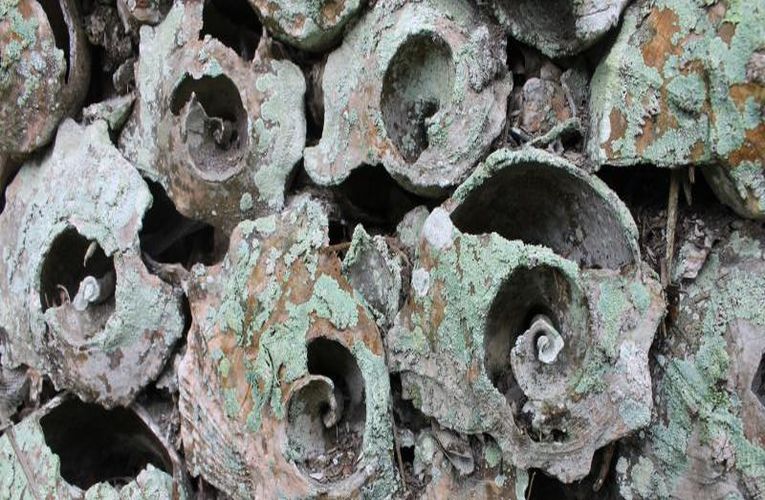From the Deepwater Horizon disaster to the cleansing of crime scenes with blood, flesh and tears strewn about, "Phil and Margaret" are digging up the dirt. Not the dirt itself, but the facts about the waste we dispose of in many different ways. Their writings are such an education that they should soon be on some syllabus.
The ecology of waste is an ancient subject. From Stone Age holes to medieval Gardy Loo (in Edinburgh) we have progressed, but deposited more rubbish than any other species, whether known or alien. This intrepid pair of travellers felt "disposed" to leap into the garbage of North America and write a blog about bleughhh! Accidental deaths and suicides and hoards joined various scenes of crime in one of their first investigations in Florida. A biohazard container is the place where all of these wastes ended up, but the process of collection is something you don't want to be involved in. Perhaps if you had a special suit, gloves, face mask and boots - but no, you wouldn't want it! Perhaps the dead bodies of people would be slightly more attractive, as long as they were buried or cremated?
The number of cemeteries in the US (perhaps 109,000, according to Phil) would be large, but as a young country, at least there are no plots from the Middle Ages, full of Black Death victims. One problem is the 20 million litres of embalming fluid that has become popular in the US. Leaking frequently into ground water, the contamination could be serious. More serious is the failure to learn from others. There is no cemetery in a long-inhabited country that can be guaranteed to remain free from building. In another millennium, they will all be overbuilt, just as 1066 war casualties are now found under blocks of flats. It makes cremation, whether Hindu, Buddhist, Christian or atheist in style, very ecological, despite the loss of fertilizer to the immediate environment.
It's tempting to go on and find out what the intrepid duo outed in Oregon, flunked in Florida or dumped in Delaware. They certainly looked out over some Key West waste. The view from the presidential suite of the local Marriott Beachside Hotel is a magnificent 66 ft (20m) hill. Unfortunately, Stock Island Landfill is the highest point on the Keys. Even though they stopped using it in 1998, the landfill dominates the low-lowing extension of southern Florida. Phil discovered that this significant hill does not appear on the contours of maps, despite being three times higher than any point around.
Back to ancient waste, the Calusa people's shell midden on Marco Island hasn't been used since 1200AD. Tropical hardwoods grew on the islands of shell waste and can now be harvested for their wood-hopefully not all of them, because people seem to like the idea of such trees. Ponce de Leon (with a name like that he could only have been Spanish!) sought the Fountain of Youth here, but Phil and Margaret are sure the local hardwood hammocks are just as soothing. Phil and Margaret publish still, but they're almost finished, in Phil and Margaret's Trash Blog.










